Pore Vacuums Are All Over Instagram, But Do They Really Work?

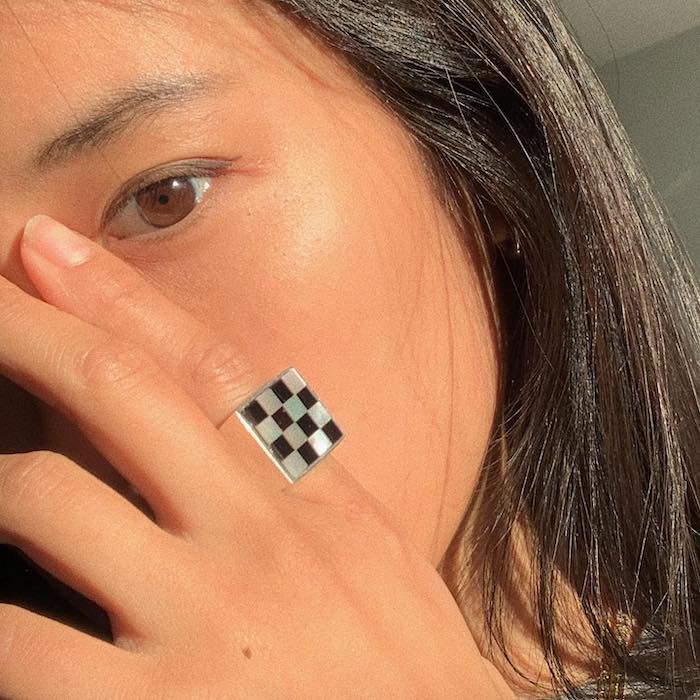
The amount of skincare content on Instagram and TikTok is truly staggering. And while a lot of it is esthetician and dermatologist-approved (heck, a lot of it comes straight from derms in the first place—shout-out to dermatologist TikTok!), there's still a lot of misinformation that's circulated, too. Some of that misinformation surrounds the subject of pores—yes, those little openings in the skin that release sweat and sebum.
First, let's talk about what we know to be true. We know pore size comes down to factors like genetics, skin type, and environmental factors, and while the idea that pores can open and close is little more than a myth, there are, in fact, certain things you can do to minimize the appearance of them. You can undergo professional extractions, which can improve the look of visible pores by manually removing packed sebum, makeup, dirt, and other debris. You can also use certain products and ingredients that are able to penetrate the pores and keep them clear.
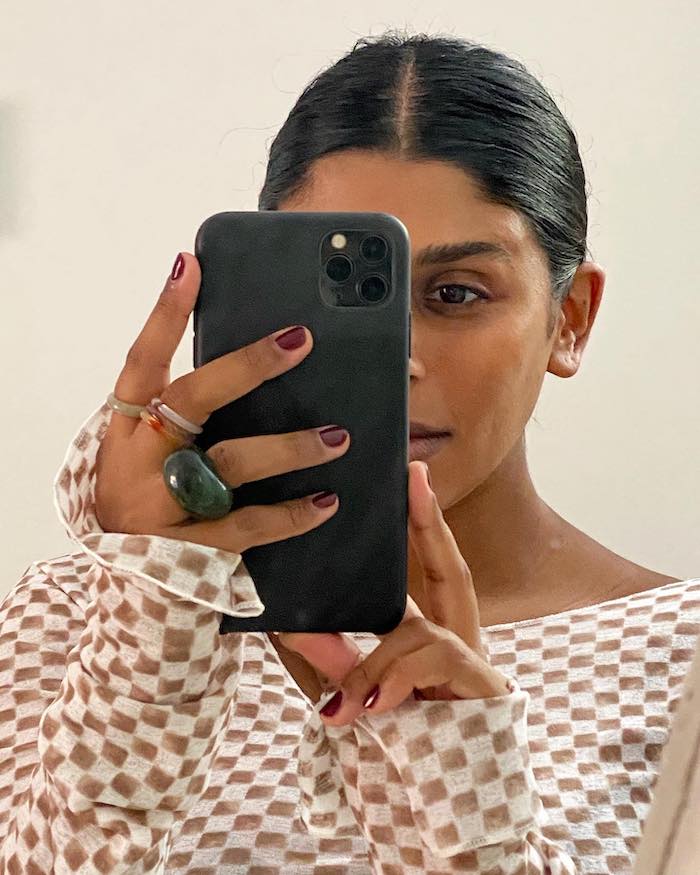
The one thing we need more clarity on is the subject of pore vacuums. The idea behind these devices is that they minimize the appearance of pores by manually sucking the trapped debris right out of them. They're commonly featured in videos created by skincare influencers. In these videos, they swipe a pore vacuum across their skin, only to dramatically reveal the "gunk" that it supposedly pulled from the pores in the process. Some might call it gross, others might call it satisfying. Either way, it's intriguing.
While influencers might be convinced that these devices effectively clear clogged pores, skin experts, well, aren't so convinced. Keep scrolling to learn what dermatologists and estheticians really think about this social media sensation and what they recommend using instead.
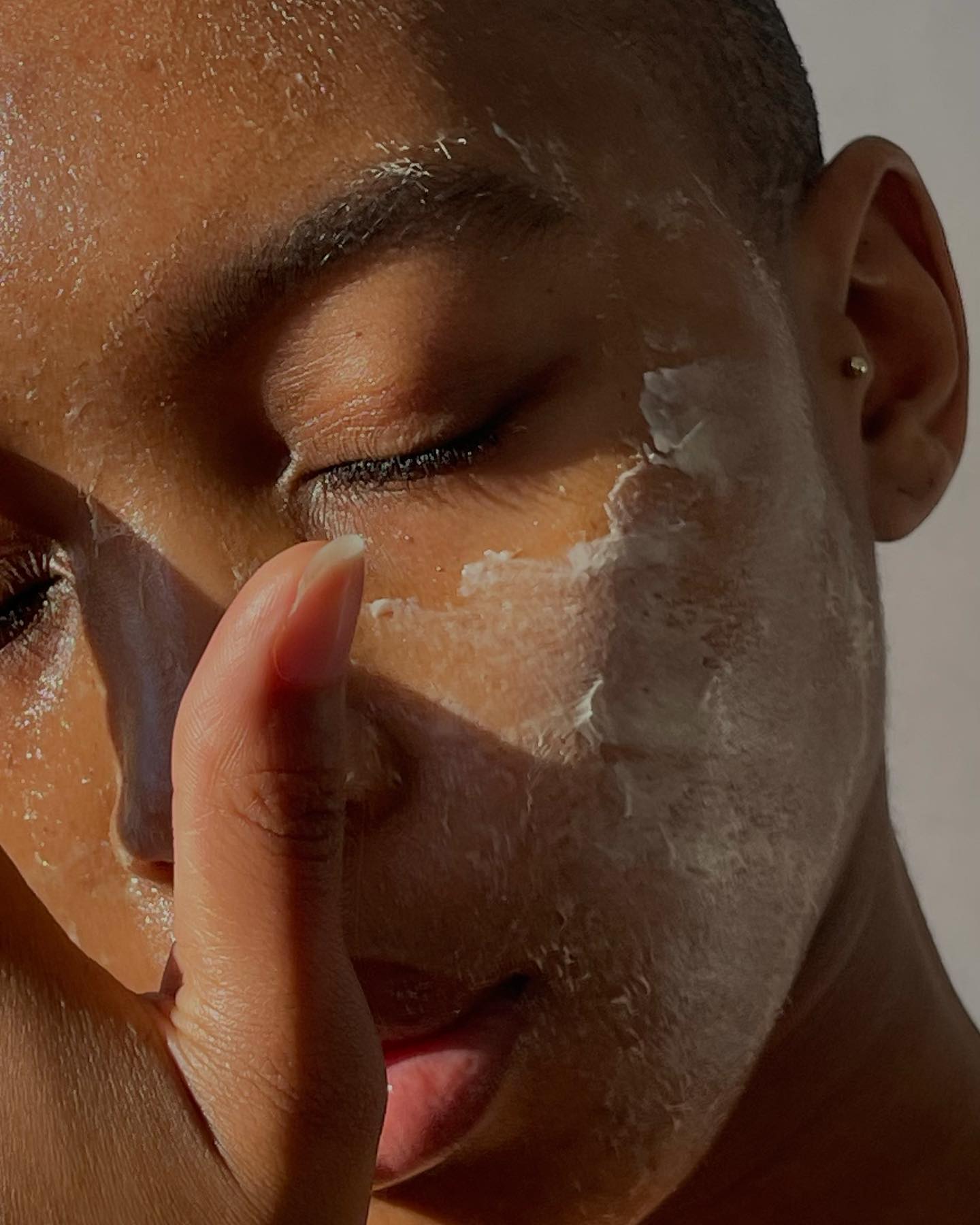
What Are Pore Vacuums, and How Do They Work?
Before we talk about whether dermatologists think pore vacuums are safe and effective, we need to talk about what pore vacuums actually do, providing some background on how they work. According to Loretta Ciraldo, MD FAAD, a Miami-based dermatologist and founder of Dr. Loretta skincare, "at-home pore vacuums are small handheld devices that literally apply vacuum pressure to suck out debris within blackheads, aka clogged pores. Since blackheads are pores filled with oxidized dead skin cells, oil, and debris, these can theoretically remove the debris in these open pores and resolve blackheads." The keyword here is "theoretically." With keeping that in mind, Ciraldo adds that they "may also help prevent the progression of clogged pores from turning into actual acne breakouts."

Here's what a standard pore vacuum looks like. They're normally oblong devices with various settings and multiple suction attachments so the user can choose suction level and area.

Are Pore Vacuums Safe and Effective?
According to board-certified dermatologist Corey L. Hartman, founder of Skin Wellness Dermatology in Birmingham, Alabama, pore vacuums are not as effective as they claim to be. "The suction is not strong enough to fully extract pore debris and without the gentle resurfacing component that is a dual-action of microdermabrasion devices like HydraFacial, pore vacuums really cannot compete." In short, he says, "they are not worth the time and money."
Ciraldo has a similar take. "My experience with this type of device comes from having used an in-office HydraFacial MD machine for years and finding this approach to be highly effective," she says. "The idea of applying a vacuum to your own skin is more challenging. The vacuum pressure will be considerably less than the powerful in-office devices, and for the person doing it, it's challenging to visualize where the blackheads are and correctly apply even pressure over each one to suck out the debris."

)
As for whether they're safe for all skin types, well, that depends. "They are safe for all skin types provided the suction is evenly distributed and not left to linger in one place for too long," Hartman says. "Otherwise, inflammation can result which will lead to hyperpigmentation, particularly in darker skin tones."
"I would not use these if you have broken capillaries since the suction applied to the skin surface can worsen these. Also, avoid these if you have any pus on the skin or there is any sign of skin infection," Ciraldo says. "You don't want to risk the spread of infection on the skin."

What If I Want to Try a Pore Vaccum?
Even though there are more effective ways to clear clogged pores (more on that in a minute), you can still try a pore vacuum if you're really dying to. Just make sure you're not using too much suction or lingering on the skin. Also, make sure that you're choosing your pore vacuum wisely. "I strongly advise that you read online reviews on the device before purchase," Ciraldo says. "In this way, you can hopefully find a heavily reviewed product that seems to get around any possible pitfalls like application of pressure, visualization of blackheads, etc."

What Else Can I Use to Clear Clogged Pores?
Professional extractions are perhaps the most well-known way to safely remove blockages in the pores. Dermatologists and estheticians are trained in removing them without causing excess damage to the skin. (If you're anything like us, you love getting extractions during a facial. The more that gets extracted, the better.)
You can also see a professional for a HydraFacial or another, similar microdermabrasion treatment. "The gold standard is microdermabrasion which can be used most effectively in-office with devices like HydraFacial and Diamond Glow," Hartman says. "These machines provide adequate suction to rid the pores of debris and keratin while gently resurfacing the skin’s surface to ensure a smooth, even glow. In experienced professional hands, these devices a red-carpet glow with no downtime."

There are also ways you can address clogged pores at home. Ciraldo suggests using a facial steamer then following up with an extracting tool to remove blockages. "Simple steaming of facial skin can open pores and soften the debris within them," she says. "Steaming followed by the use of a comedone extractor done in front of a well-lit magnifying mirror for the extraction step can work well."

This face steamer uses "micro-steam technology." What does that mean? It emits a fine mist instead of the heavy clouds of dripping steam that some other at-home devices emit.

When used with a gentle hand and a discerning eye, this extracting tool can be effective.
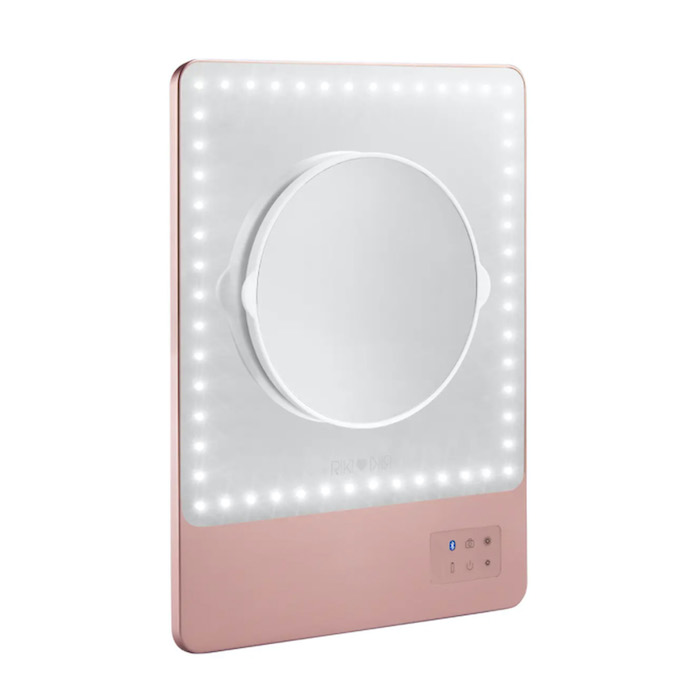
This brightly lit vanity mirror comes with an attachment that offers 10x magnification, so you can clearly see the pores that need extractions (and just as importantly, those that don't).
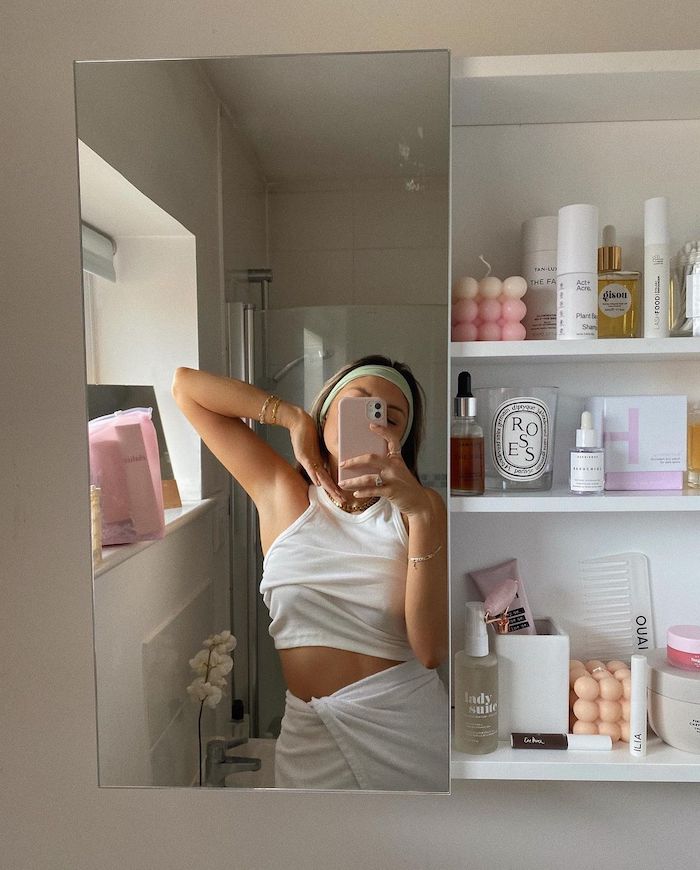
As for specific skincare products to use, look for those that contain exfoliants and/or salicylic acid. The former keeps potentially pore-clogging debris at bay, while the latter is able to penetrate deep into the pores and keep them clear of blockages.
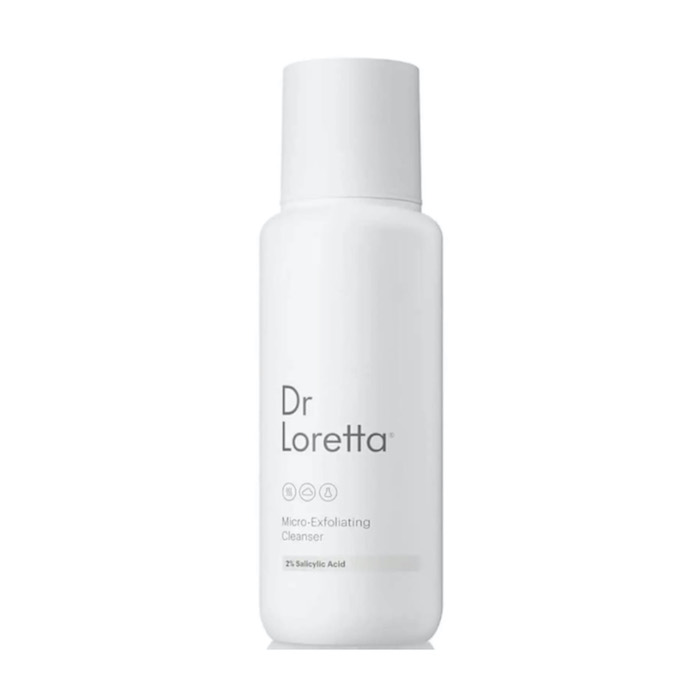
"For skincare, I recommend using a 2% salicylic acid cleanser like our Dr. Loretta Micro-Exfoliating Cleanser that combines 2% salicylic in a sulfate-free base with 1% cold-pressed coconut oil to replenish hydration," Ciraldo says.
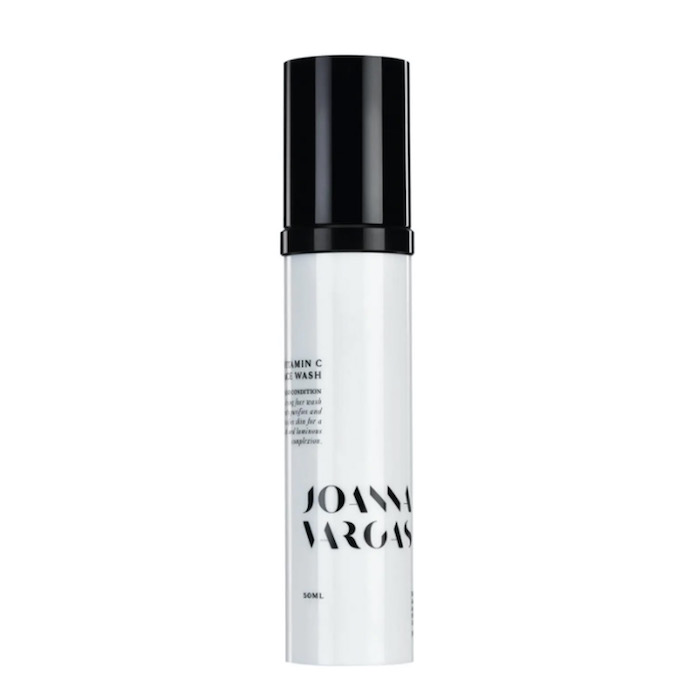
Joanna Vargas, celebrity facialist, founder of Joanna Vargas Salons and Skin Care, and author of Glow From Within, agrees that a salicylic acid cleanser is key. "I love recommending a cleanser with some salicylic acid in it like my Vitamin C Face Wash because it helps keep the pores clean and brings down inflammation of existing breakouts," she says.
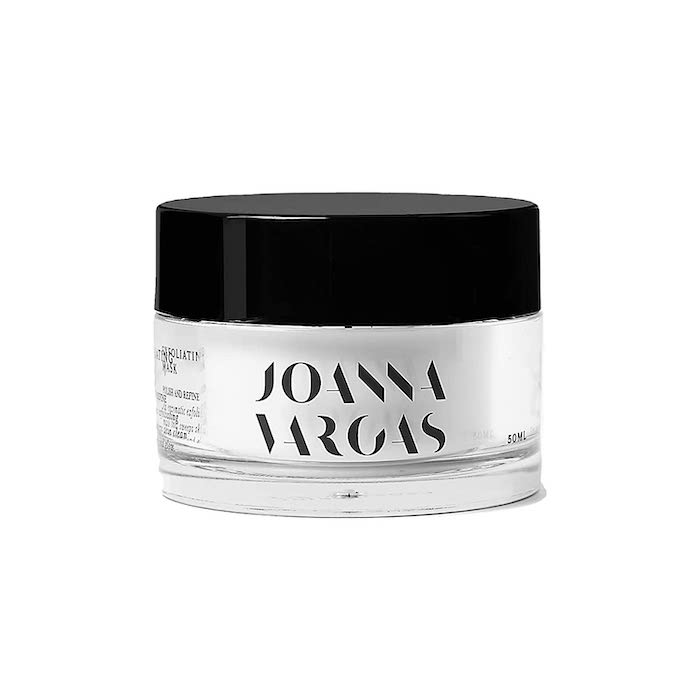
Vargas also expounds on the importance of exfoliation when trying to keep pores clear. "Exfoliation once-twice a week at home is key," she says. "I would recommend a physical exfoliant like volcanic rock plus an enzyme, found in my Exfoliating Mask to effectively clear pores."

If you're on the hunt for a budget-friendly product, we suggest this clarifying serum. It's formulated with willow bark extract, niacinamide, and zinc to calm inflammation and decongest pores.
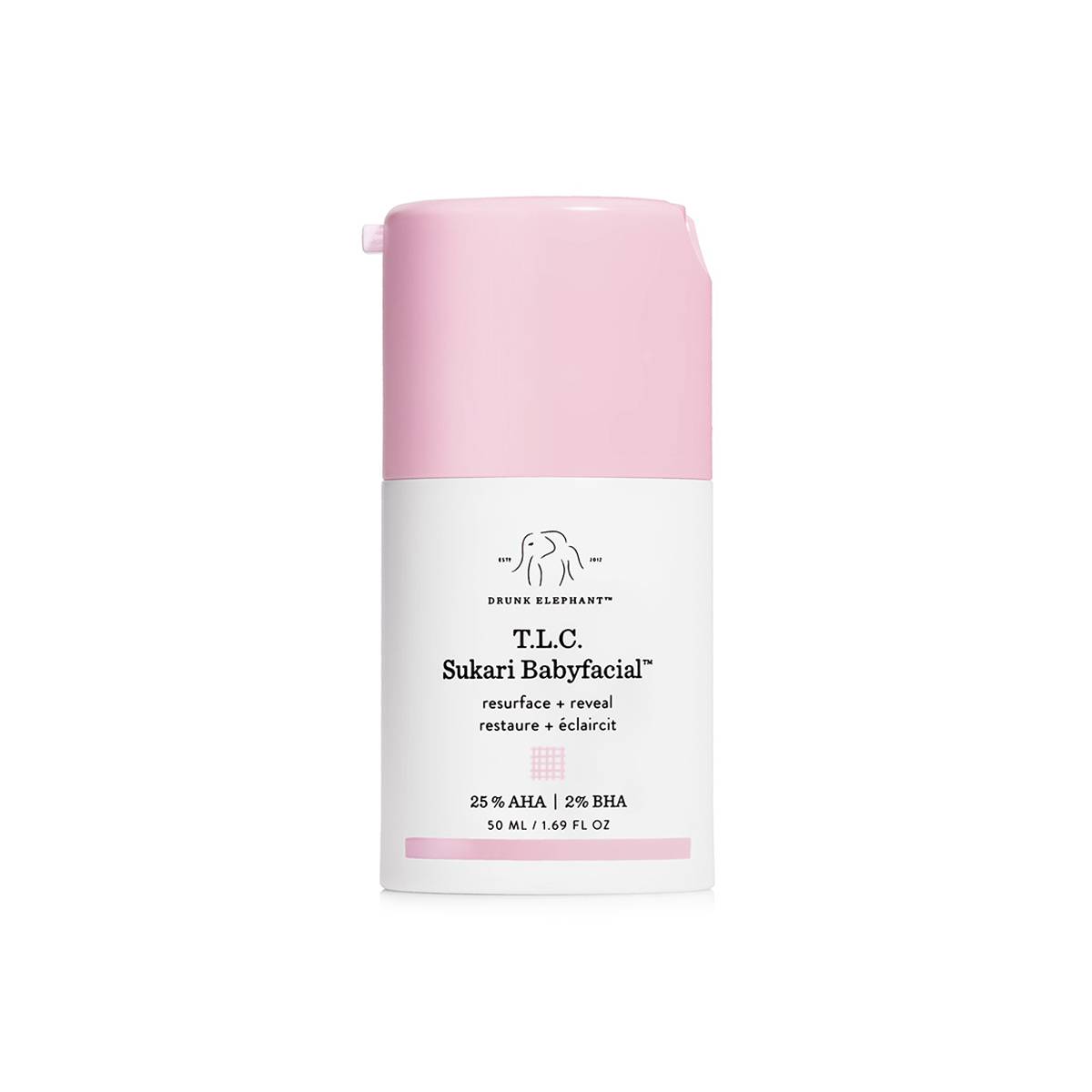
This iconic product is formulated with a blend of AHAs (glycolic, lactic, tartaric, and citric acids) and BHAs (salicylic acid) to resurface the skin and unclog pores.

The name of this product says it all. Salicylic acid and niacinamide work together to address everything from breakouts to blackheads and excess oil.

This PHA- and BHA-infused toner minimizes the appearance of pores while hydrating the skin with watermelon extract, cactus water, and hyaluronic acid.
Next up, find out about 10 skincare ingredients that actually treat acne.

Kaitlyn McLintock is a Beauty Editor at Who What Wear. She has 10 years of experience in the editorial industry, having previously written for other industry-leading publications, like Byrdie, InStyle, The Zoe Report, Bustle, and others. She covers all things beauty and wellness-related, but she has a special passion for creating skincare content (whether that's writing about an innovative in-office treatment, researching the benefits of a certain ingredient, or testing the latest and greatest at-home skin device). Having lived in Los Angeles, California, and Austin, Texas, she has since relocated back to her home state, Michigan. When she's not writing, researching, or testing beauty products, she's working through an ever-growing book collection or swimming in the Great Lakes.
-
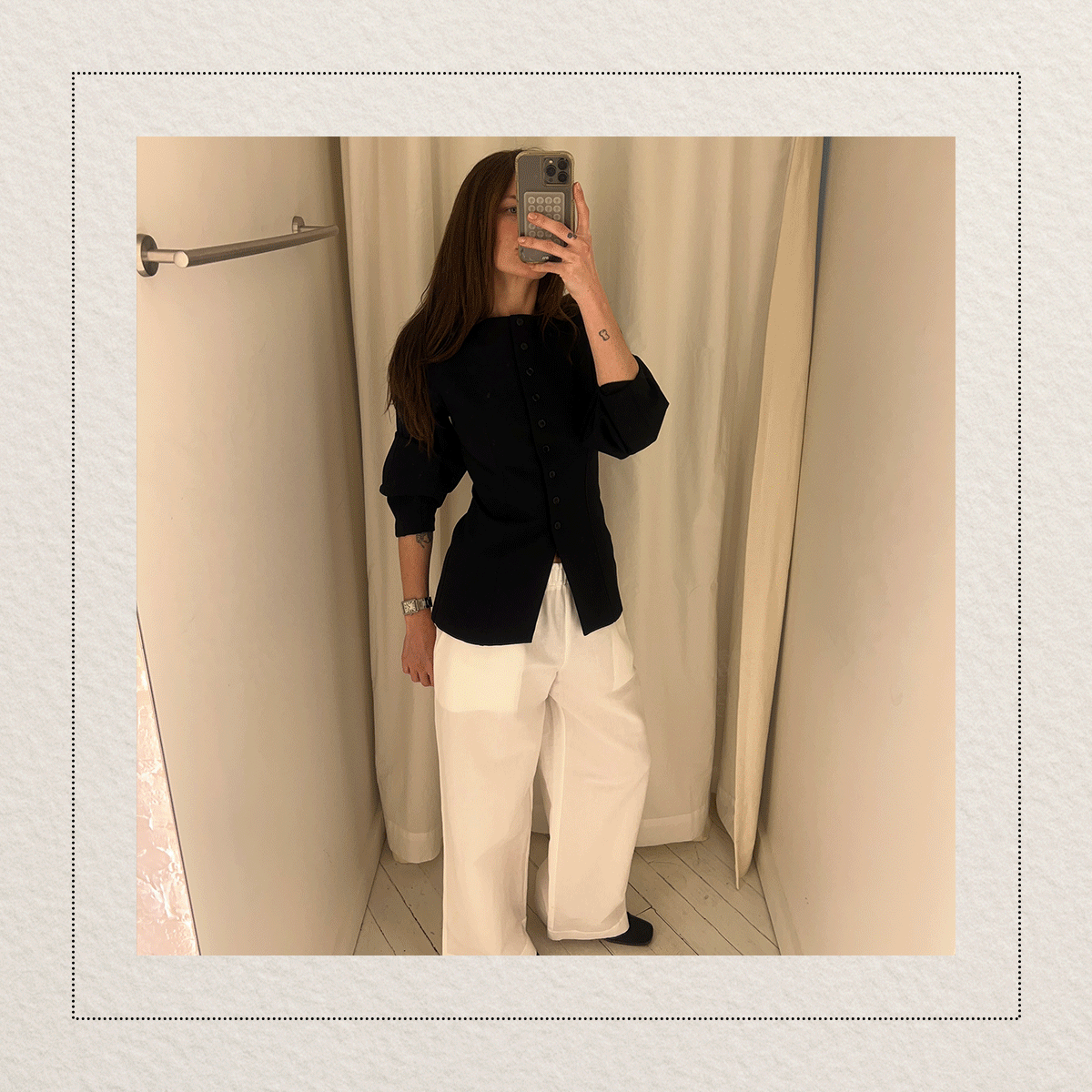 This Elevated Basics Brand Is Every NYC and London Fashion Person's Best-Kept Secret
This Elevated Basics Brand Is Every NYC and London Fashion Person's Best-Kept SecretAnd I just tried on nine pieces in its NYC pop-up.
By Eliza Huber
-
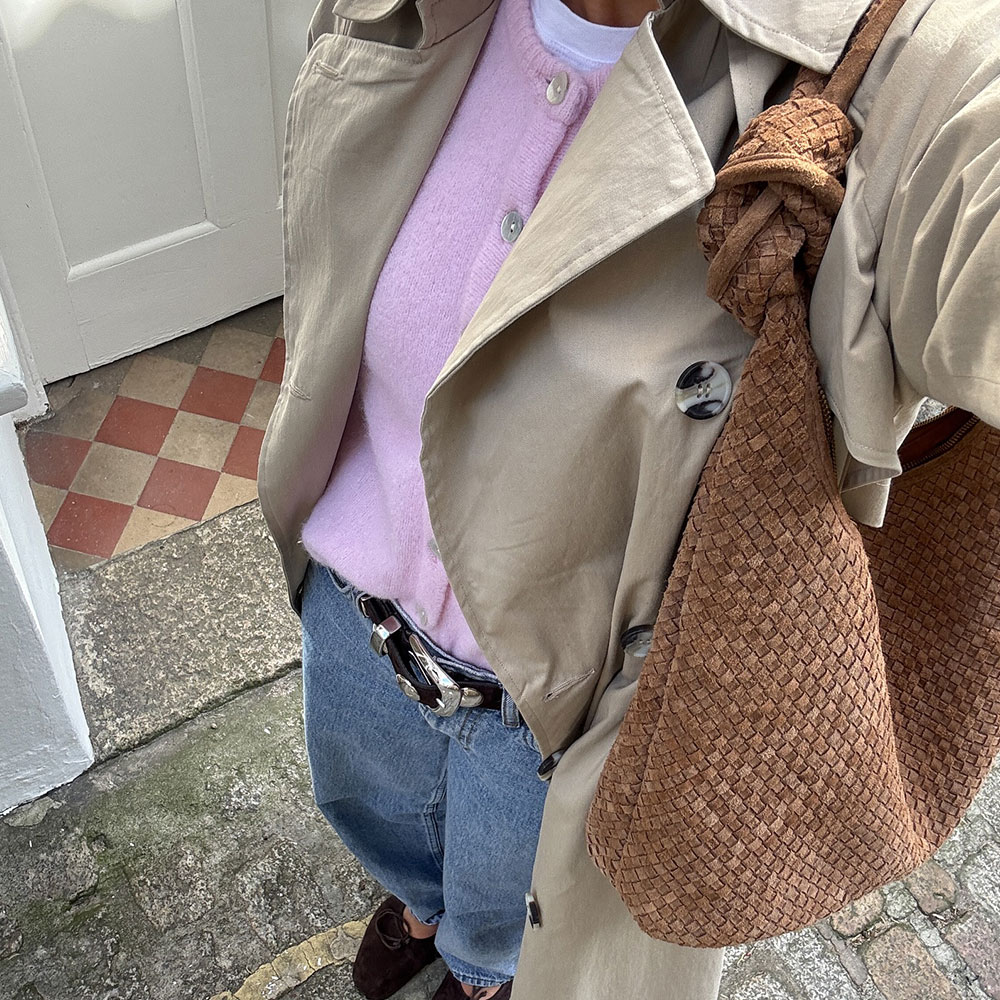 Chic Shopping Lists Are My Thing—31 Great Finds From Nordstrom, Zara, Banana Republic, Shopbop, and Ref
Chic Shopping Lists Are My Thing—31 Great Finds From Nordstrom, Zara, Banana Republic, Shopbop, and RefJackets, dresses, flats, and more!
By Bobby Schuessler